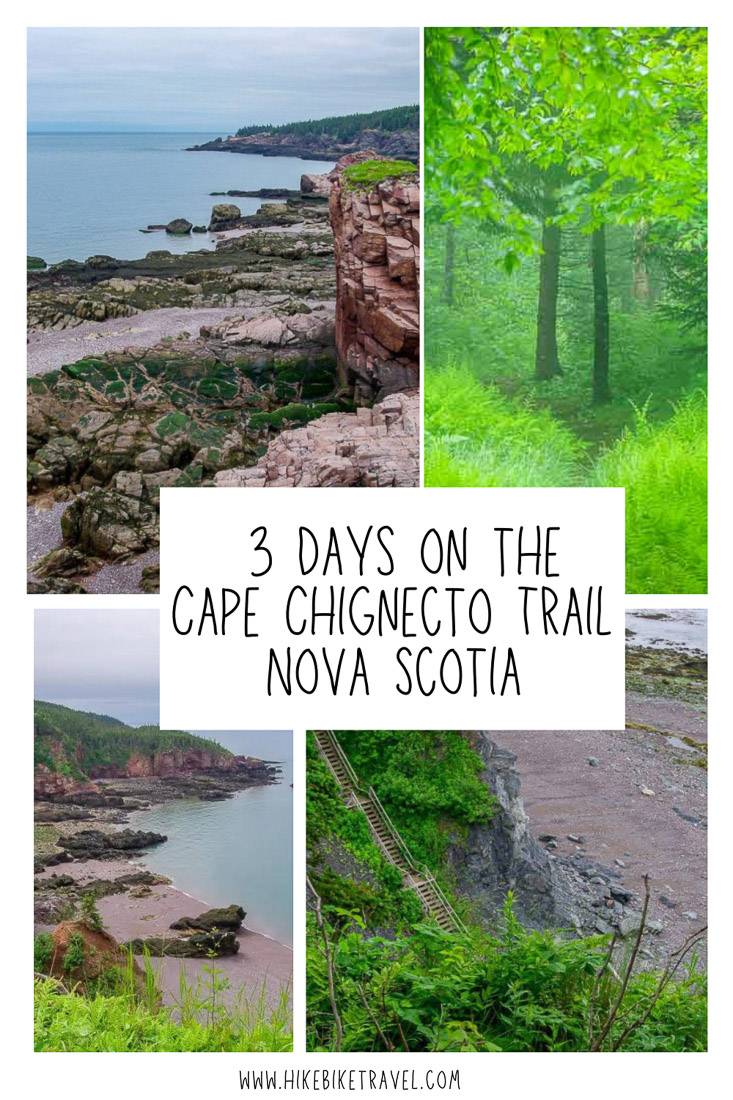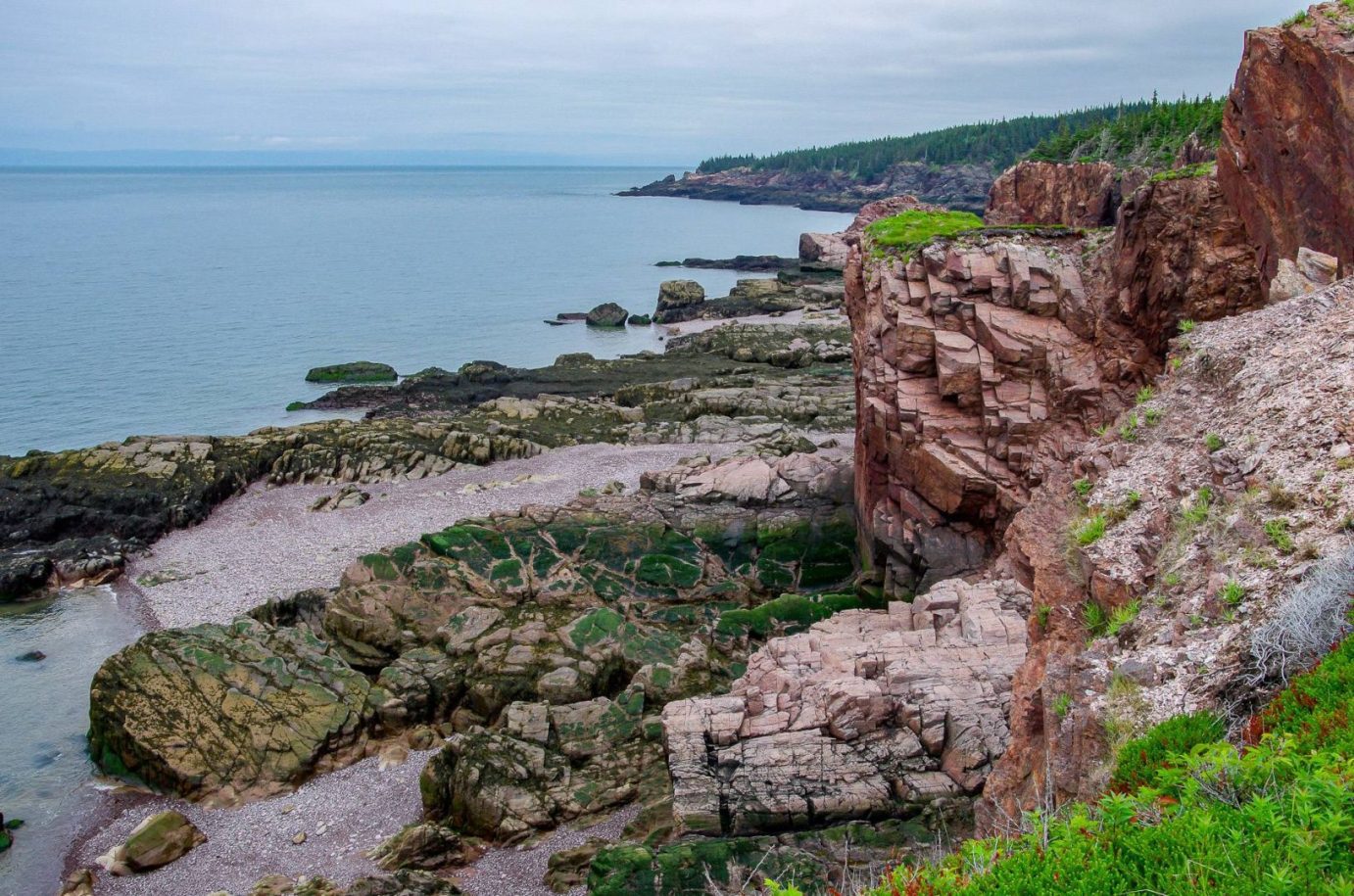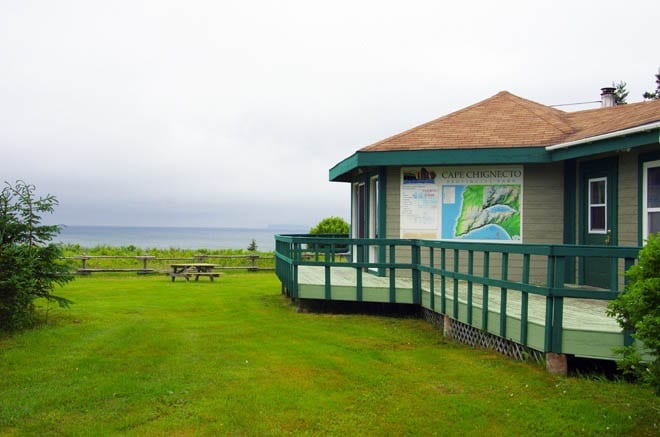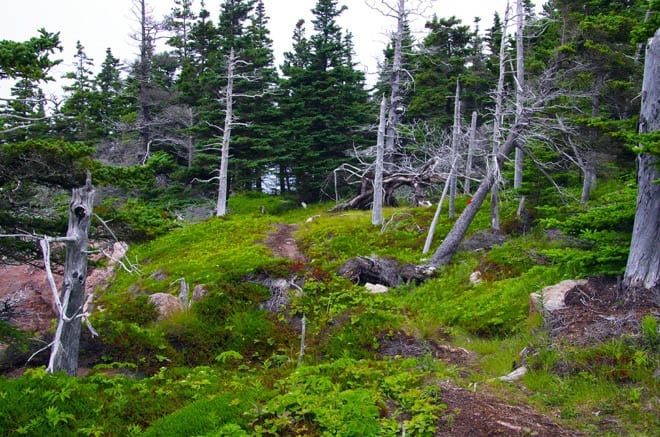Cape Chignecto Provincial Park, home to the Cape Chignecto Trail, is located on the Bay of Fundy near the small community of Advocate Harbour, Nova Scotia.
It’s the largest park in the province (4,200 hectares) offering a mix of outstanding coastal scenery, complete with dramatic 200 metre (600 feet) high red cliffs, sheltered coves and remnant old growth forest.
The 52 km (32 mi) physically demanding Cape Chignecto Trail requires three to four days. It can be done in either direction but, you do have to plan what campsites you’re going to stay in, before you make your reservation.
You have the option of tenting or booking a hut. The huts lack the wilderness feeling as there are dirt roads leading to them but what they do offer is a dry, bug and bear proof roof over your head.
This post includes some affiliate links. If you make a qualifying purchase through one of these links, I will receive a small percentage of the sale at no extra cost to you. Thank you very much for your support.
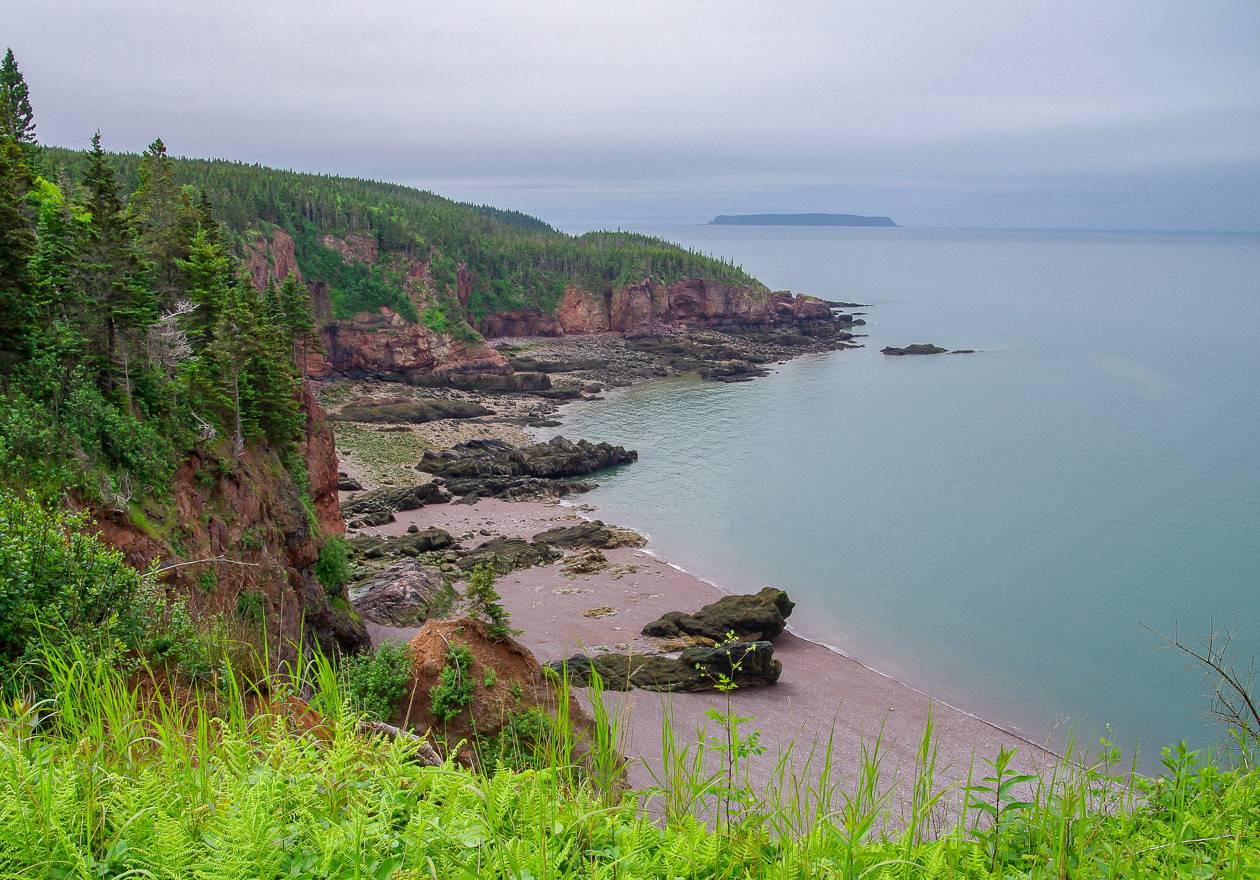
Cape Chignecto Trail summary
Distance: 52 km (32 miles)
Level of difficulty: Difficult – a rugged trail with lots of ups and downs including steep stairs, and slippery rocks. Little time is spent hiking the beaches.
Time needed: 3 – 4 days
Highlights: Outstanding coastal scenery, complete with stunning 200 m high red cliffs, highest tides in the world, numerous pocket coves, some remarkable old-growth forest, and a fog forest.
Fun fact: Eatonville was at its peak in the 1890’s when 350 people involved in lumbering and shipbuilding called the place home. It’s now a ghost town.
Option for a day hike: Hike to Seal Cove and back from Eatonville to get a taste of the dramatic coastal scenery along the Cape Chignecto Trail.
Registration: All campers need to register at the office before starting the Cape Chignecto Trail. The office is open from 8:30 AM – 8 PM.
Fees: There is no charge to hike on any trail in Cape Chignecto Provincial Park but you will have to pay for camping. See section below.
Beware of tides: The tide rises and falls at a rate of an inch per minute. Be mindful of what direction the tide is flowing if you’re walking the beaches.
Finding water: Fresh water is never an issue on the hike but be sure to treat it with water purification tablets.
Bears: Take bear spray as there are black bears around. I didn’t have any but I made noise all day long on the trail.
Hiking boots: Bring sturdy hiking shoes. I ended up with three black toenails (just lovely for summer) because I wore lightweight hiking shoes.
Don’t forget: Make sure your pack includes the hiking essentials like a headlamp and a first aid kit.
Weather: It can rain hard here. Be sure to pack rain gear. That includes a rain cover for your backpack, rain pants and a rain coat.
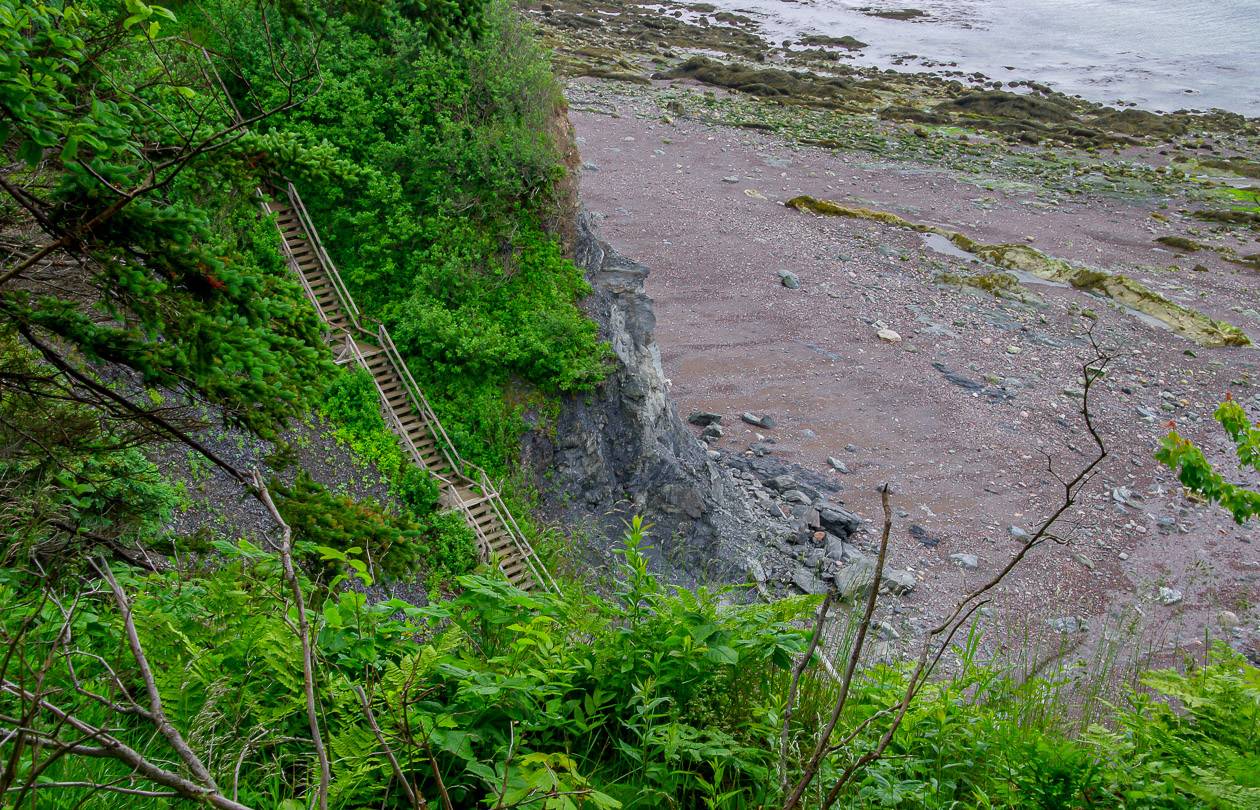
Cape Chignecto Provincial Park location
Cape Chignecto Provincial Park is located on the Bay of Fundy near the small community of Advocate Harbour. It’s the largest park in the province and one that offers truly dramatic scenery.
Cape Chignecto is a peninsula that juts out into the Bay of Fundy – dividing it into two arms. Minas Basin lies to the south and Chignecto Bay to the north.
Going solo
A 3-day hike on the Cape Chignecto Trail can feel like a long time if you do it solo, especially when you don’t see another human until the afternoon of the last day.
That’s exactly what happened to me when I backpacked the coastal trail in Cape Chignecto Provincial Park in Nova Scotia. I endured extreme silence – except for the sound of my own voice for all but 5 minutes.
Camping options on the Cape Chignecto Trail hike
I had planned to camp for the two nights I was out on the Cape Chignecto trail and in fact had made a tenting reservation.
But then while enjoying breakfast and conversation at the Cape d’Or Lighthouse, the owner asked me why I wasn’t staying in the huts. I didn’t realize at that time that there were backcountry huts along the trail – so the owner of the lighthouse made a phone call immediately to check on availability – and lo and behold they were all empty.
Cabins are basic, outfitted with bunks, a wood fired stove, picnic tables, treated water and outhouses. Cabins are for single group use even if your group is one person. However, cabins aren’t as close to the water, so if its views and beaches you want, then plan to tent.
Book campsites online between May 17 – October 14, 2024. You can also walk up to the Visitor Center and see what might be available.
Hikers can reserve campsites in the woods. Be warned that the beaches which make the best campsites are reserved for the use of kayakers.
- There are 47 backcountry campsites accessible from the park office at the Red Rocks trailhead – none of which are designed for hammocks.
- From the New Yarmouth parking area you can access 30 walk in campsites.
- There are 3 cabins at Big Bald Rock, Carey Brook and Arch Gulch. They provide treated water. And each one has an outhouse.
Fees for camping on the Cape Chignecto Trail
It’s $59.40 (2023 price) per night for the cabin – and it can accommodate 4 – 6 people. Each additional person over four people is $11.85. Once you’ve booked it, your group gets the whole cabin. There is no sharing with strangers.
It’s $26.70 per night for a backcountry campsite in 2023 prices.
There is also a reservation fee of $9.00.

Is there wildlife on the Cape Chignecto Trail?
I was a little nervous going off by myself – not that I doubted my abilities but I was once again entering country where you might see a bear and there had been an incident a few weeks earlier.
f you had followed my adventures during my Nova Scotia travels you’d know about my bear encounter in Kejimkujik National Park – and that played with my mind.
Although the park is home to black bears, the chances of seeing one are low. You might see a moose or a bobcat – along with lots of bird life.
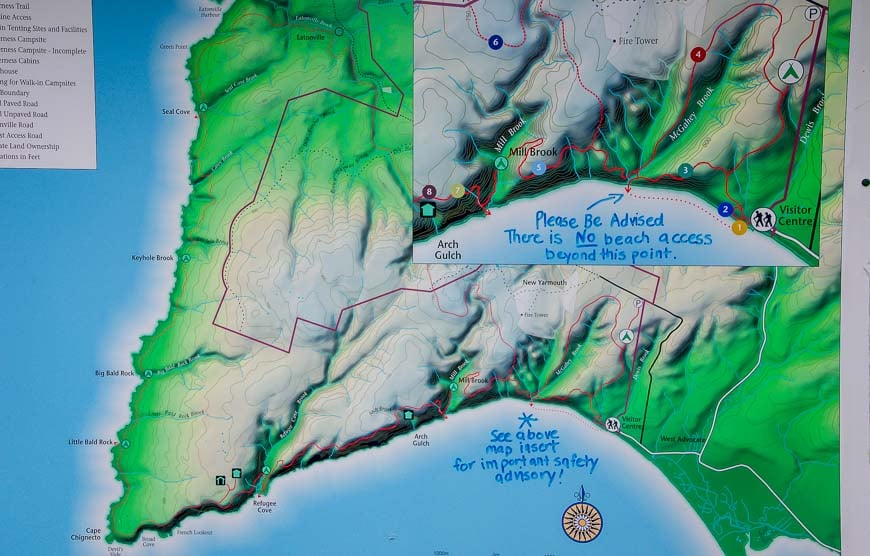
Here’s a rundown of what my 3 day trip on the Cape Chignecto trail looked like
Day 1: Hiking from Red Rocks to Arch Gulch
Distance: 6 km
Time: 2.5 hours
Without a tent to carry my backpack was a tad lighter than I expected it to be. I also wasn’t carrying a stove or fuel as it’s such a hassle now to bring a stove on a plane and I didn’t want it confiscated.
It was to be three days of cold meals – including a cup of cold instant Starbucks coffee every morning for breakfast to stave off a caffeine headache. Yum.
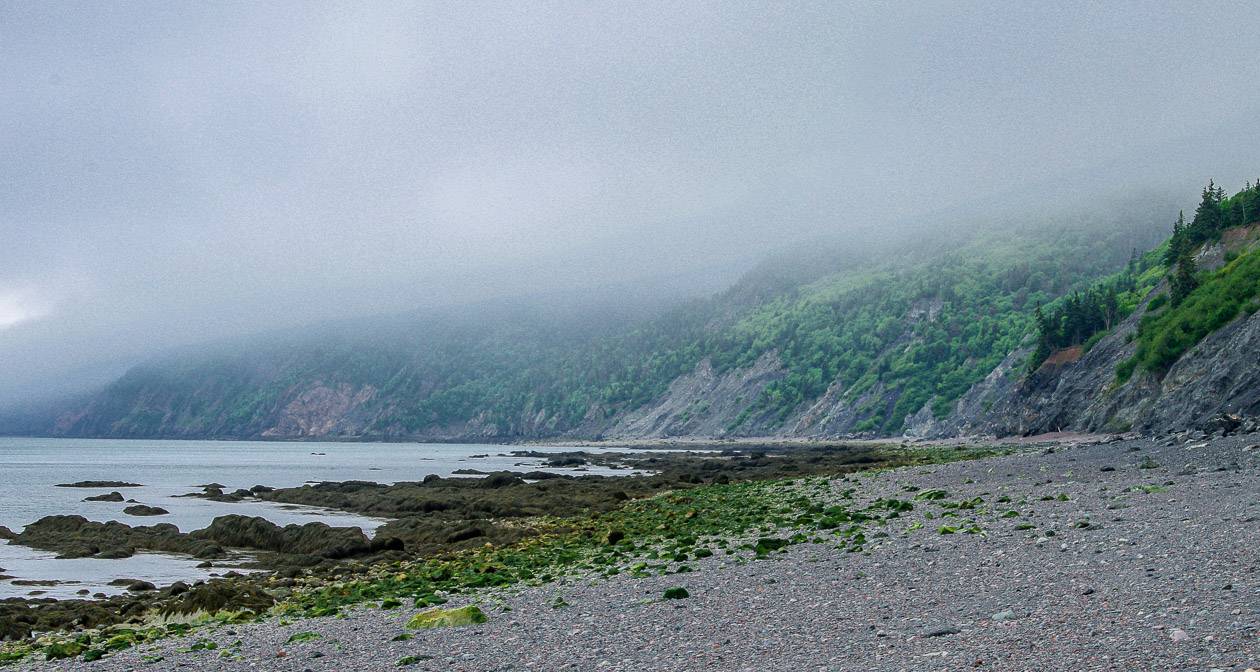
On the first day I hiked only 6 km – and though the distance was small it is the hilliest part of the trail with very steep ups and downs. The trail starts by the Red Rocks on the beach.
The first 1.5 km on the Cape Chignecto Trail go quickly enough but you do have to keep an eye open for the stairs leading up to the main trail – and judging by notes left in the cabins many people missed the stairs (and had to retrace their steps) as they’re tucked in behind a rock. There are 65 stairs to the top.
The trail is easy to follow though there aren’t a lot of signs. Most of today’s hike was through forest with little in the way of views. It was over in no time and I felt a little guilty about finishing so quickly but pulled out my Kindle and got over it.
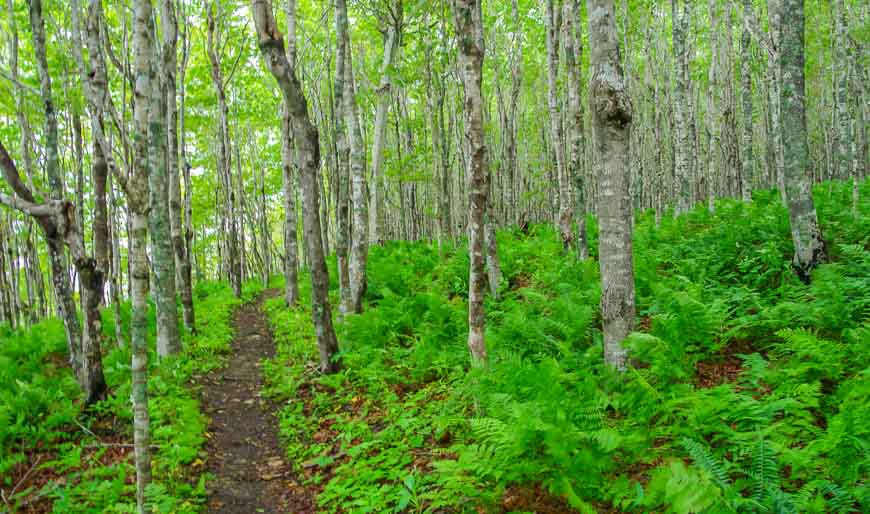
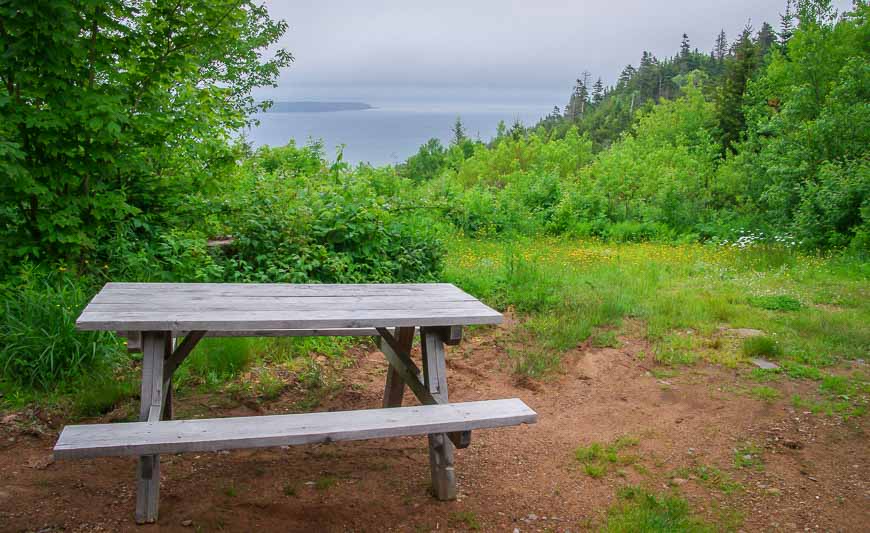
Day 2 on the Cape Chignecto Trail: Hiking from Arch Gulch to Big Bald Rock
Distance: 15.1 km
Time: 4 hours
From Arch Gulch to Refugee Cove – where most people camp the first night, it’s 6 km. I dispatched with that in 1.5 hours. The beach at Refugee Cove is quite lovely – and one used for camping if you’re a sea kayaker.
I don’t quite understand the logic of making the beach available to kayaking parties only (as there aren’t very many of them over the course of the summer) and the beach is a FAR preferable campsite than what is offered in the woods to backpackers.
From Refugee Cove all the way to Big Bald Rock the trail got far more interesting.
There were numerous lookouts along the way offering spectacular coastal vistas. Cape Chignecto itself wasn’t nearly as dramatic as the rest of the shoreline. Seabirds and wild flowers made this part of the hike very enjoyable.
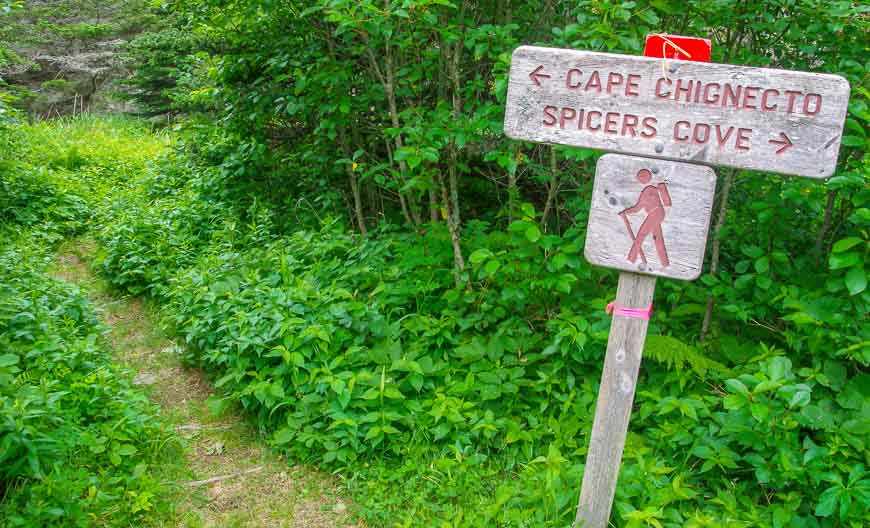
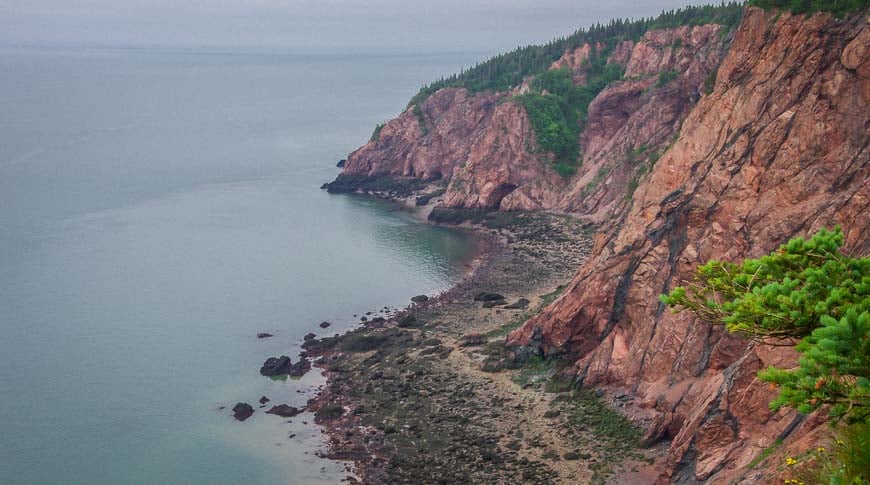
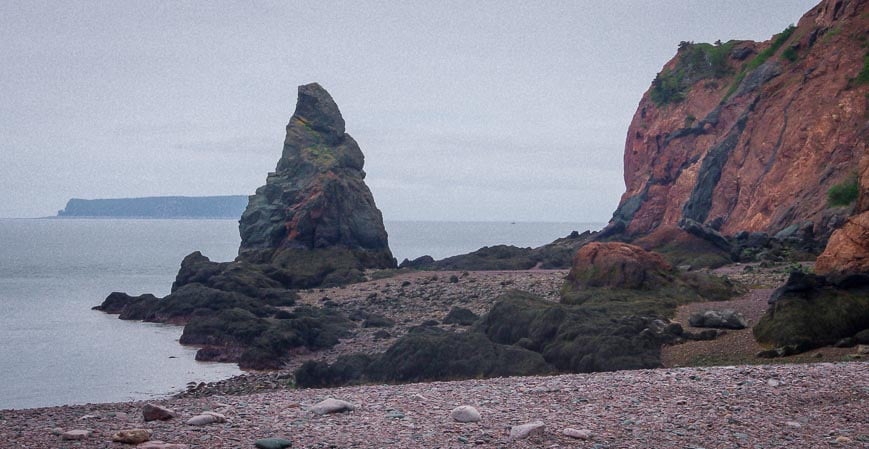
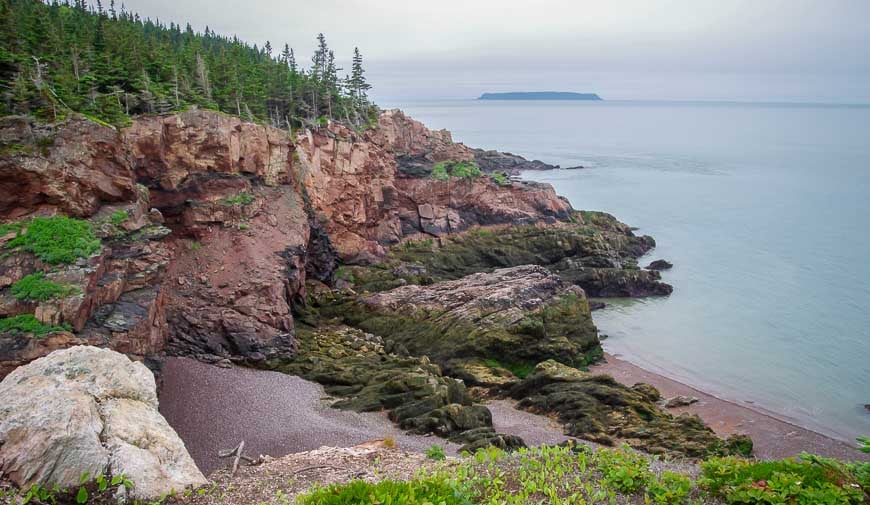
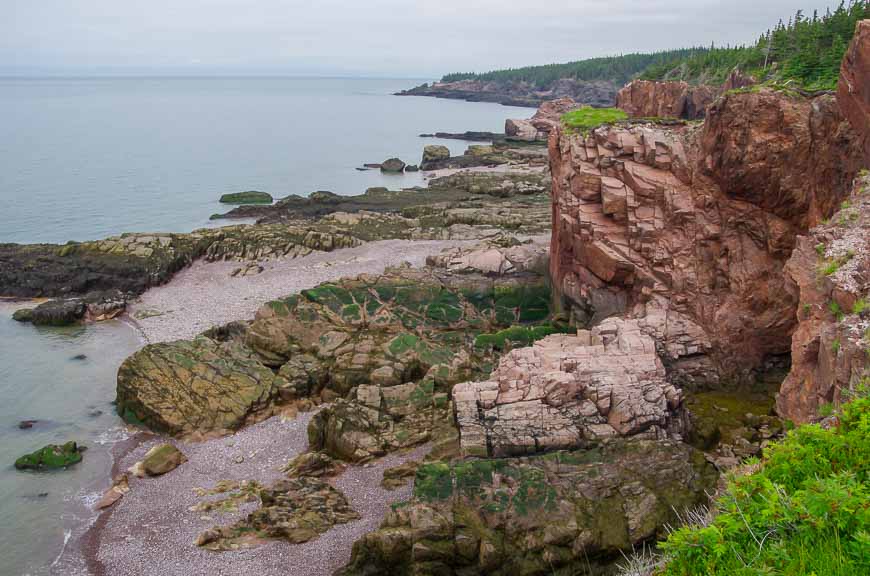
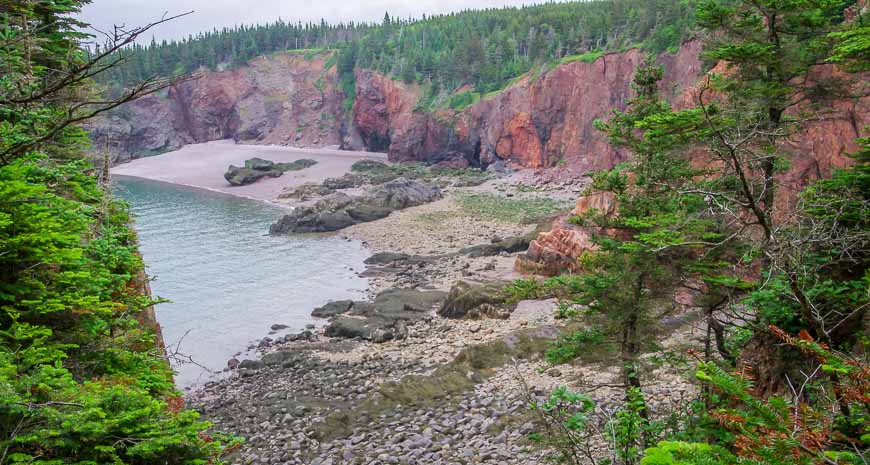
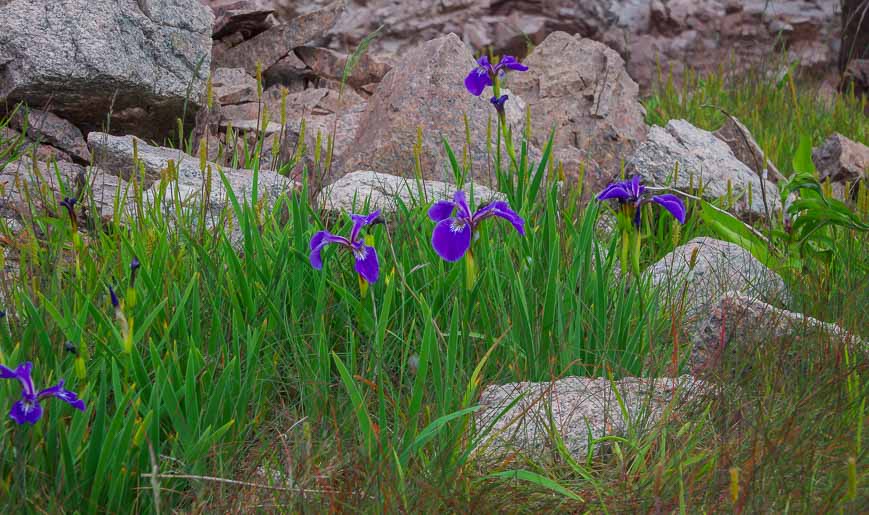
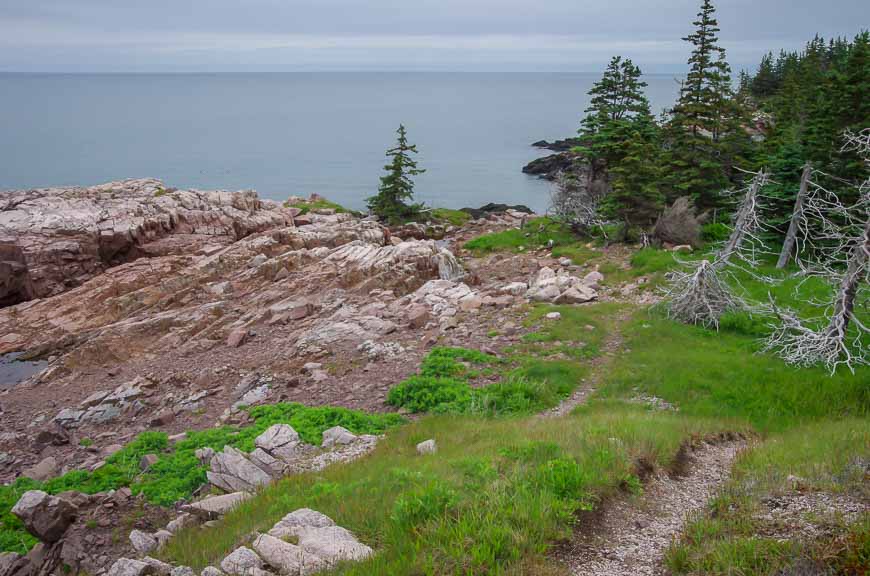
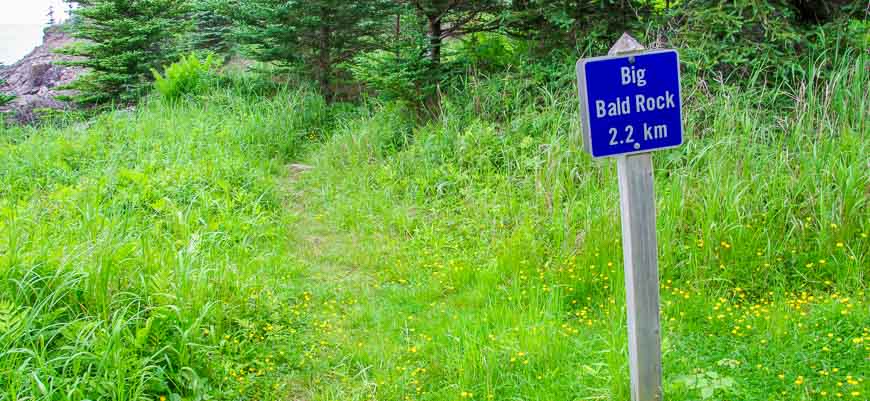

Day 3 on the Cape Chignecto Trail: Big Bald Rock – Seal Cove – Eatonville – Visitor Center
Distance: About 27 km
Time: 8.5 hours
My last day was the biggest and not one I’d recommend to people. If you can, do a car shuttle at the beginning of the trip and leave one car parked at the Eatonville trailhead.
The last 14 km is unremarkable except for the fog forest – which you might see on the first day of hiking.
And in fact this section of trail has many downed trees and VERY LITTLE in the way of trail markings. It needed work when I hiked it though in 2023 I would think it’s in far better shape. Ask at the Visitor Centre before you head off.
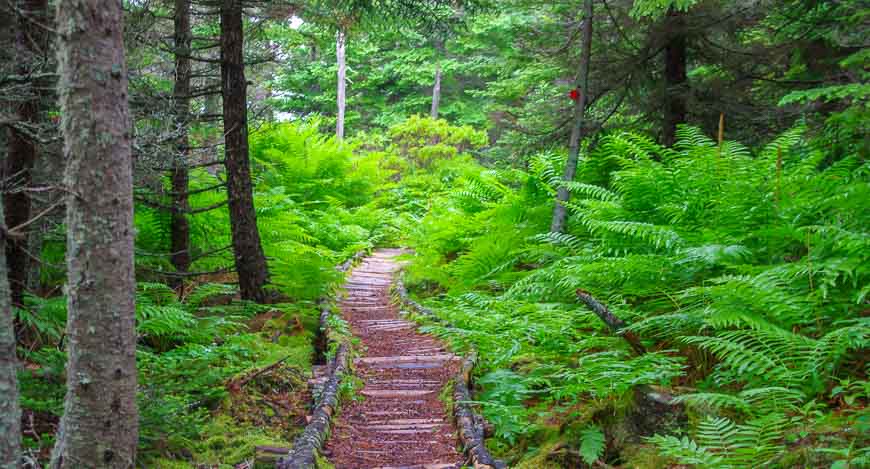
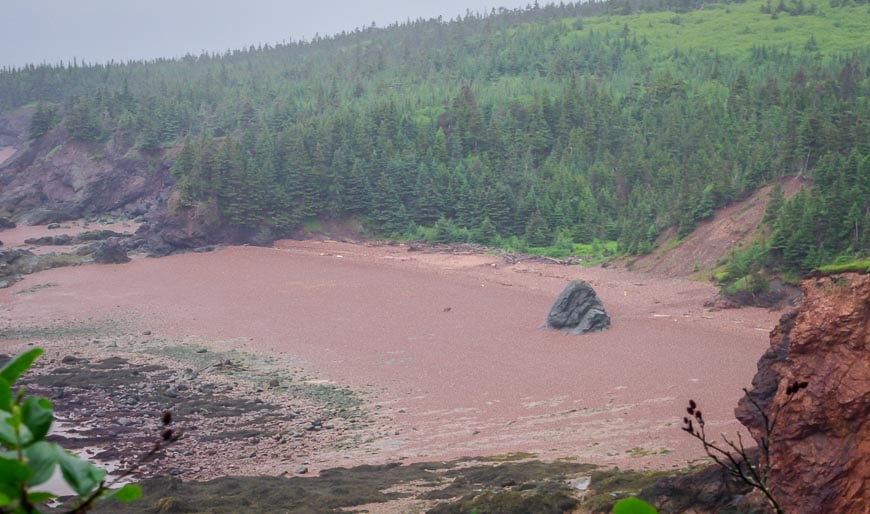
However, there are some lovely sections of the trail. On the way to Keyhole Brook there is a beautiful open area with extremely good views – but then it’s back to forest walking for most of the way to Keyhole Brook.
It gets better again the closer you get to Seal Cove – and for a kilometre or two past it. Seal Cove is another place where people camp a lot – either on the first night going in if hiking in a counterclockwise direction – or on the second night if they’re hiking in a clockwise direction.
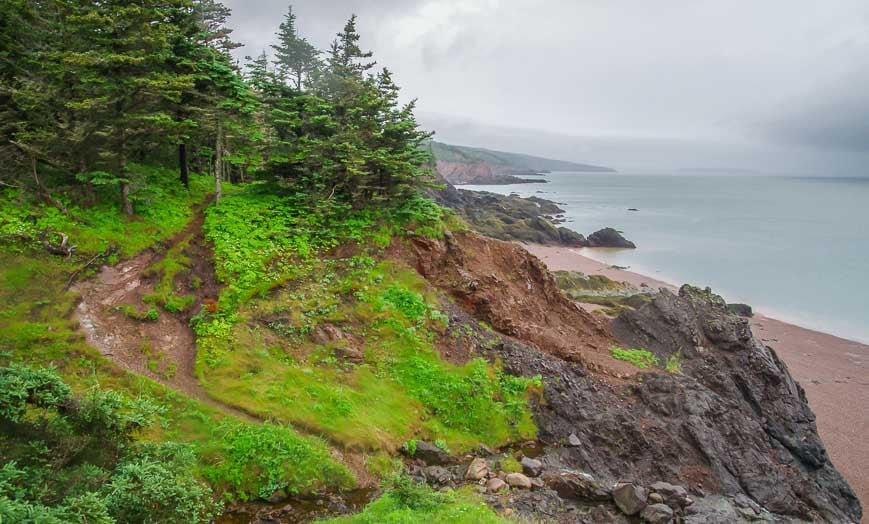
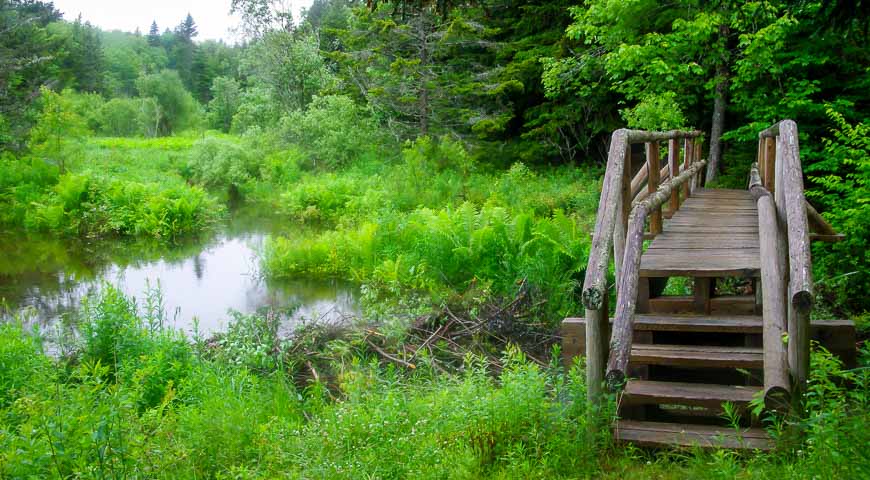
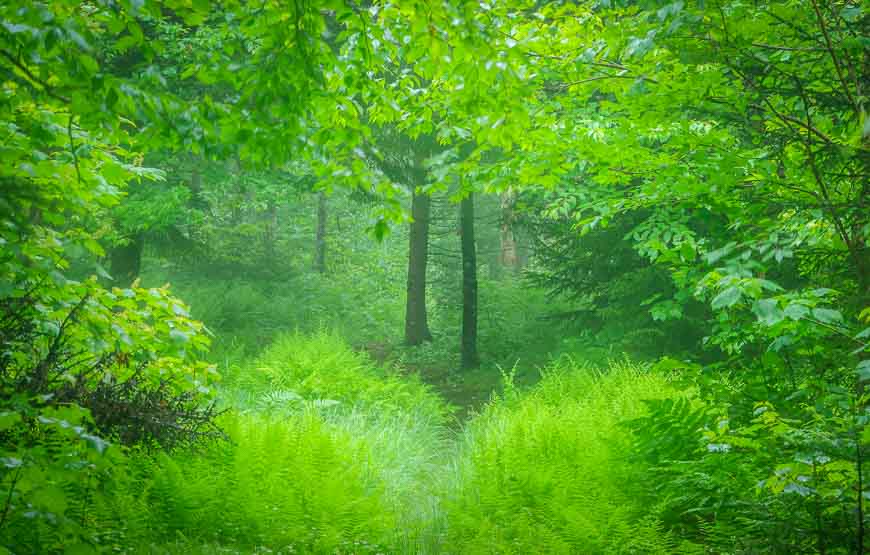
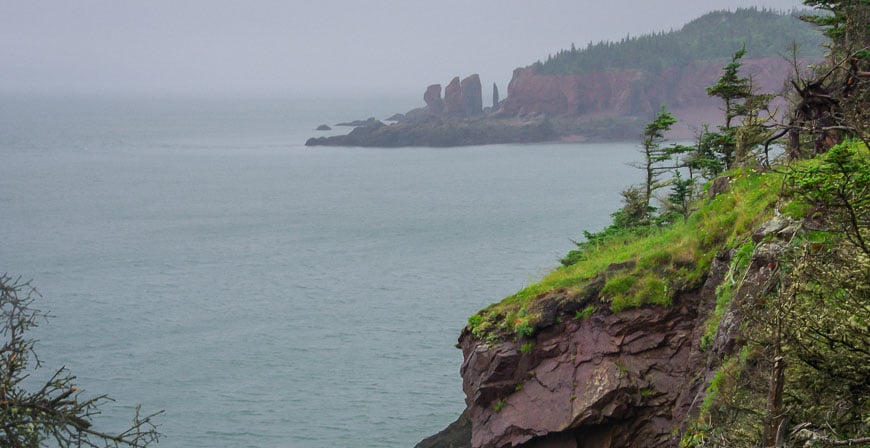
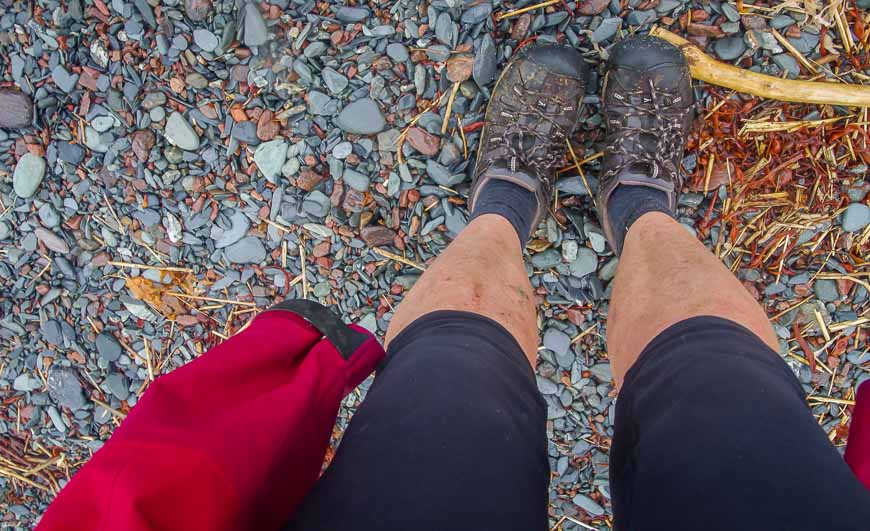
Where to stay before or after the hike
Parrsboro, 40 minutes east of Advocate Harbour is home to many exceptional properties.
The Fox Point Inn with a private beach is rated as exceptional.
The Parrsboro Mansion Inn has a swimming pool and garden and is rated as superb.
The Gillespie House Inn, a B&B, is a 10-minute walk from the city centre and 3 km from the Bay of Fundy.
Other posts related to Nova Scotia
- A Guide to Visiting Liverpool, Nova Scotia
- Brier Island, Nova Scotia Guide
- The Hike to Cape Split in Nova Scotia
- Best Things to Do in and Near Shelburne, Nova Scotia
- 6-Day Central Nova Scotia Road Trip Itinerary
Click on the photo to bookmark to your Pinterest boards.
